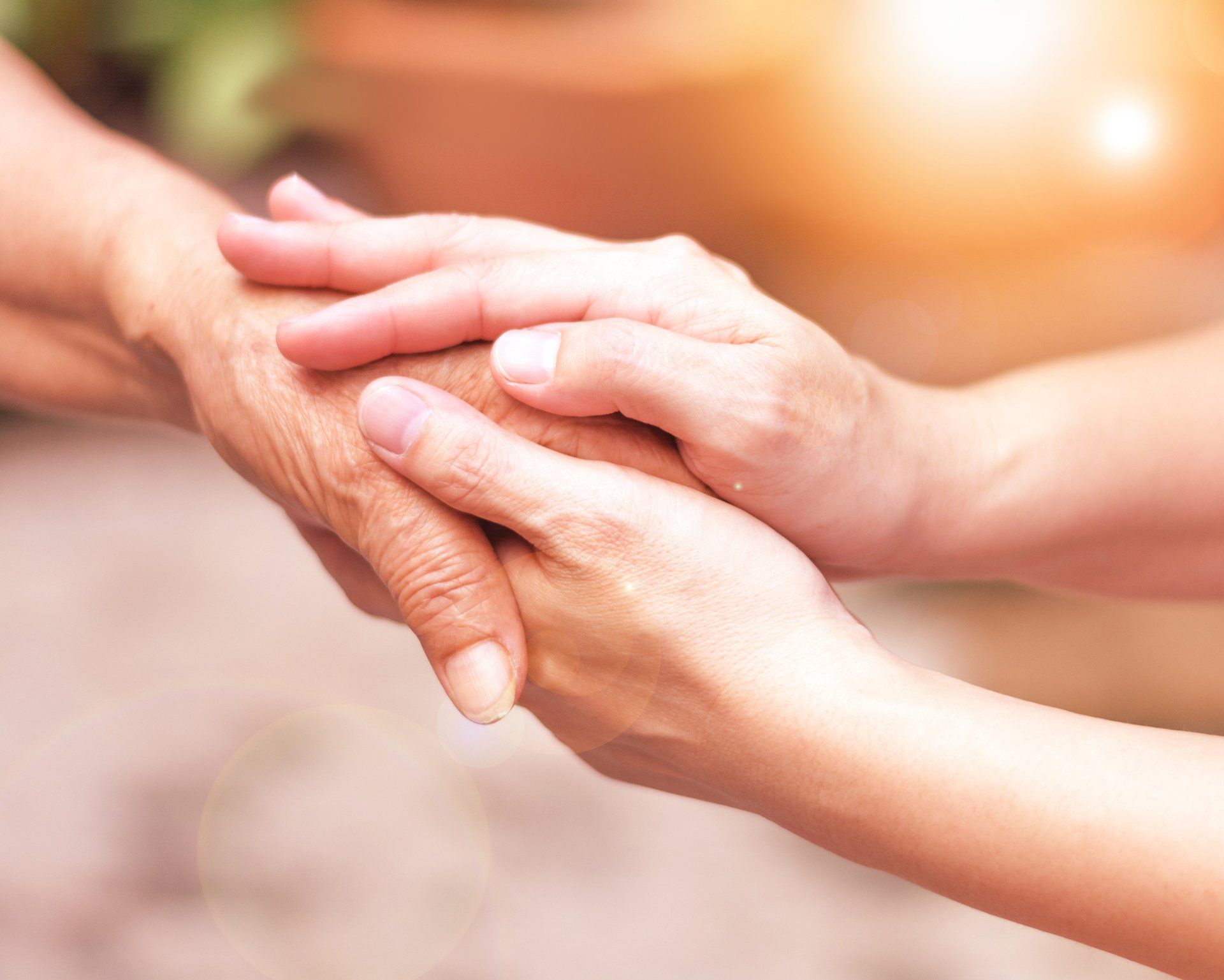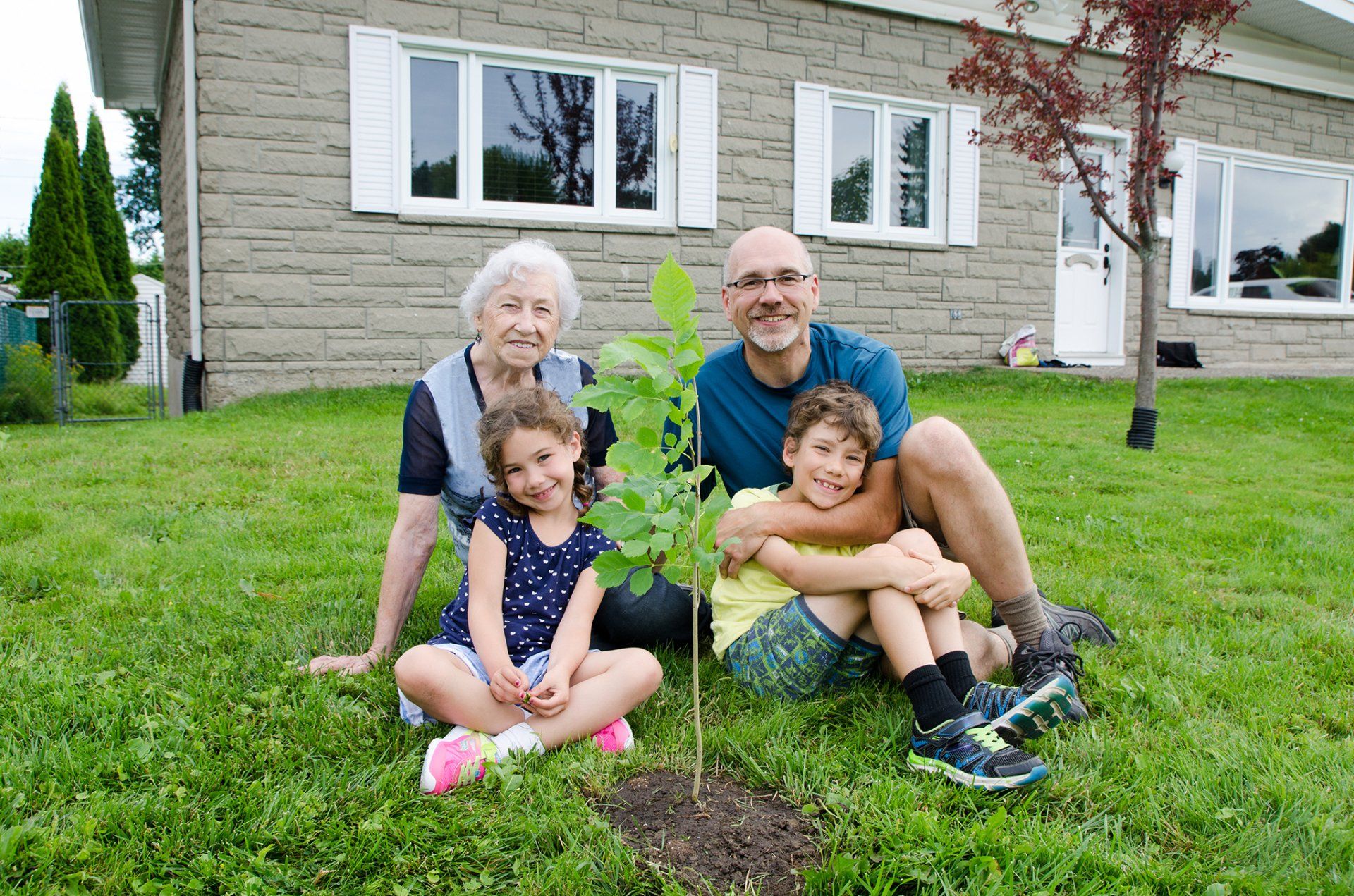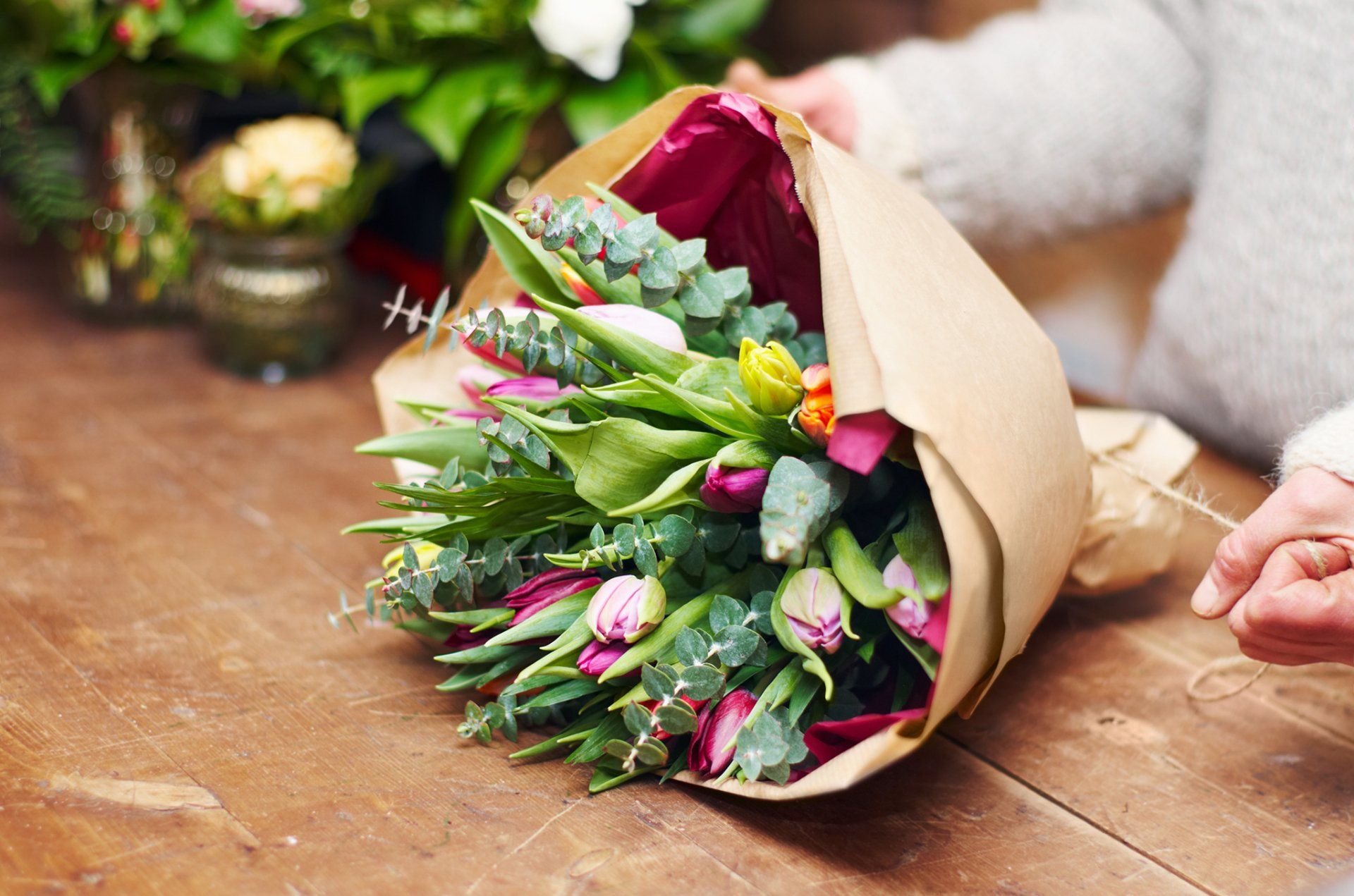Considerations for Choosing Between Cremation or Traditional Funeral Service
If a loved one who has passed has previously expressed a preference for cremation or having their physical remains casketed and buried, then that decision has been made for you. However, in some instances, a person’s desires may not be known.
In that case, family members who are planning the funeral service will need to decide what to do. Of course, there is no “right” or “wrong” approach—ultimately, it is a matter of personal preference. However, there are several factors to consider as you make your decision. They include religious or spiritual beliefs, finances, ecological considerations, and others.
Understanding Cremation
Cremation is the process of reducing a person’s physical remains to brittle, calcified bone fragments. These fragments are commonly referred to as the person’s ashes. You may also hear them called cremains, which is short for cremated remains.
The practice of cremation goes back thousands of years and has been used by cultures around the world. Today, it continues to be a process that is handled with the utmost care and respect for a deceased person’s physical remains after they have passed.
Cremation is performed in a crematory. There, the body is kept in a cool, climate-controlled environment until it is time for the process to begin. In preparation, any items like prostheses, pacemakers, etc. are removed from the body. It is then placed in a casket made of flammable materials, which is put into the cremation chamber.
The casket and remains are exposed to high heat for two to three hours to reduce them to cremains. The cremains are then cooled and subsequently processed into a pebble-like material and placed in a receptacle called an urn. This urn, which is chosen and purchased by family members, is then given to them.
Cremation can take place before or after a funeral ceremony, and the final disposition of the cremains can be handled in various ways. Some families choose to have the urn buried (sometimes called interred) in a gravesite or placed in a building called a mausoleum. Others keep the urn in their home.
Another common way to honor a loved one is to scatter their ashes in a favorite place. This is subject to any rules about doing so in that location, of course.
A loved one’s cremains can be kept together, or divided among family members. Some people choose to have a small bit of the cremains turned into, or placed within, a piece of memorial jewelry such as a locket.
Important Considerations About Cremation and Traditional Casketing and Burial
As you think about whether cremation or traditional casketing and burial is appropriate for your loved one’s physical remains, some of the considerations that likely will come to mind include:
- The person’s spiritual or religious views. Many belief systems view cremation as a very dignified way to handle a person’s physical body after they die. However, there are some that discourage cremation in favor of traditional burial.
- Cost. The cost of cremation typically is approximately one-third of a traditional burial. Keep in mind that if a person has life insurance, that policy can serve as a form of cremation insurance or burial insurance in that its proceeds can be used to pay for costs for either process.
- Family availability for a funeral service. In some cases, it may be difficult for family members who live far away to get to the site of a funeral service in a timely manner. In those instances, it may be best to have a person’s physical remains cremated so that the service or scattering of ashes can be scheduled at a time that allows the most loved ones to be present.
- Environmental concerns. Casketed burial takes up physical space that is in ever-shorter supply. However, cremation requires the use of fuel to reduce the body to ashes and produces emissions that are a form of pollution, so these factors must be weighed if environmental impact is an issue for the family.
These aspects can be considered in short order if necessary. However, it is ideal if they can be addressed before a person passes so that the person can express their preference if they choose to and also so that the decision-making process can be unhurried.
Additional Decisions To Be Made Regarding Cremation or Traditional Burial
When deciding on cremation or traditional burial, other choices to be made include:
- Clothing that the deceased person will wear. As with traditional burial, a body is dressed to prepare it for cremation. If a person who has died had a favorite outfit, or a uniform, perhaps, in the case of military service members, they can be wearing it in their casket.
- Mementos to be placed in the casket. Whether cremation or traditional burial is chosen, loved ones can place certain types of items—photographs, notes, etc.—in the casket if they choose to.
- Participation of family members in the cremation process. In the case of cremation, family and friends may be able to be in the crematory when the process takes place. This can be an important and healthy part of “letting go” of the person’s physical remains.
- The urn or other container to be used for the person’s cremains. A wide variety of urns, from simple to more decorative, can be purchased to contain the individual’s cremated remains. The decision on an urn will likely be driven, in part, by the final disposition of the ashes. For example, if the urn will simply hold the ashes prior to them being scattered, a simpler urn or box may be appropriate. Whereas, if the urn will be buried as part of a funeral service, a more elaborate container may be preferred.
Guidance on Disposition of Physical Remains and Funeral Service Planning
Decisions on the disposition of a person’s physical remains are very personal. However, our caring staff members at Greenwood & Myers Mortuary are always happy to provide insights from other funeral services we have assisted with if you feel that such input would be helpful.
Please contact us at your convenience to discuss the different options and approaches available.







